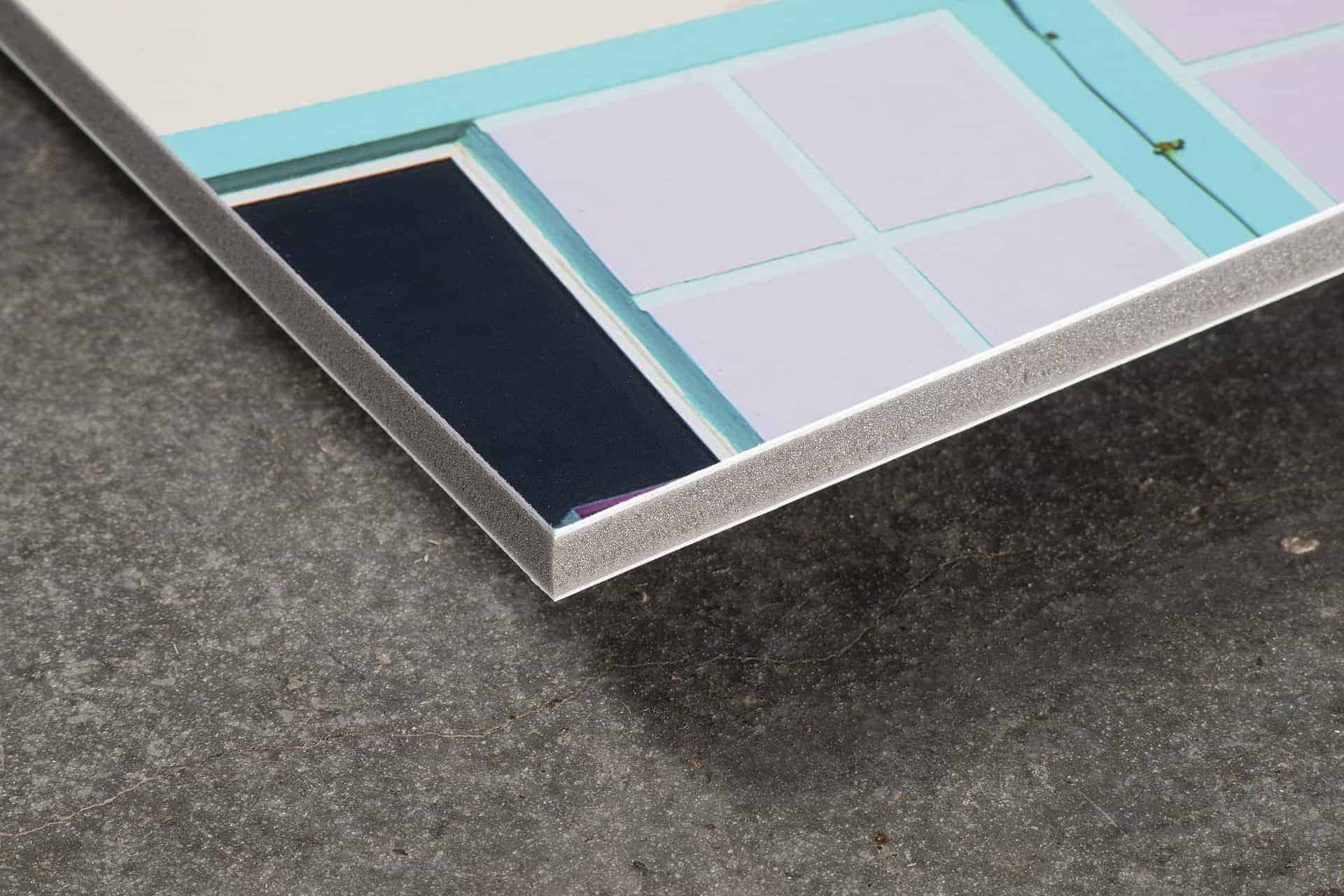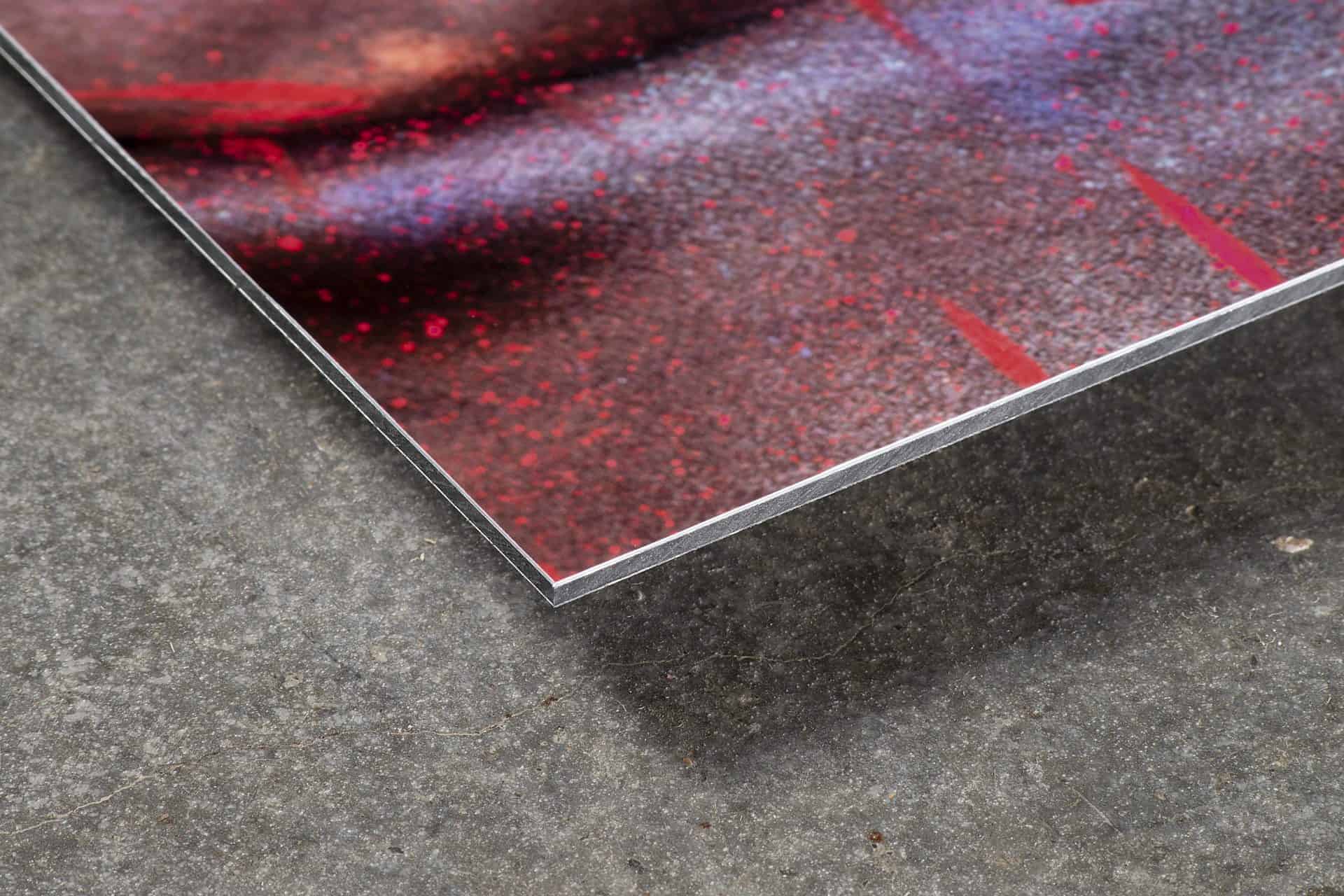Before you can hang your artwork on the wall, it will need the finishing touch. If you have been looking into getting your artwork framed, you have probably heard of art mounting. While you may think the two terms are synonymous, mounting and framing offer very different display options.
To better understand the difference between mounting and framing artwork , let’s first look at how art and photographs are displayed. Mounting and framing are each element of the framing process that can be used on their own or in conjunction.
For example, a print or photograph is protected by a window mount in traditional framing, keeping it flat and from touching the glazing. The print, window mount and glazing are all secured together by a frame that can be hung on a wall by any number of fixings. Alternatively, prints and photographs may be dry-mounted to keep them flat and used with or without a frame.
Benefits of Dry Mounting
You may be wondering, why would someone choose to mount their work over framing? Some prints and artworks on paper may be susceptible to warping or creasing. Mounting artwork is the perfect solution for these types of works as the solid backing fixes any wrinkles or curled edges.
Mounting is also ideal for delicate pieces, making them easier to handle without the risk of damage. Another benefit of mounting your artwork is that it provides more flexibility when it comes to the finished size of your work. Large framed artworks can get expensive, so mounting offers a cost-effective alternative.
Mounted works aren’t limited to standard frame sizes and can fit any frame size or be mounted directly on the wall. While mounted works can incorporate framing, the beauty of professional mounting is that artworks can be hung directly on the wall for a sleek modern look.
What is dry mounting?
Dry mounting, in simple terms, is a process that permanently affixes your artwork to a rigid substrate. This substrate helps to keep your artwork flat, free from wrinkles and protects the artwork from acids in the air that may lead to deterioration. For all of our dry mounting, we use non-corrosive bonding glue to ensure that all mountings meet archival standards.

Substrates
Mounted works come in a range of substrate options. Keep reading to learn more about each backing and whether each is right for your artwork.
Foamboard Mounting
Foamboard is a lightweight material commonly used for mounting large works. Foamboard mounted works are sturdy, light, and attached to the wall with Velcro, small nails, or a subframe.

Card Mounting
Card is one of the most affordable mounting options. Thin and lightweight, Card mounted works can be fixed to the wall using Velcro.

Aluminium Mounting
Aluminium mounting is a robust and durable substrate with smooth, polished metal edges that give artworks a professional feel. Because aluminium mounted works are heavier than other substrates, split battens or a subframe are recommended for hanging.

Dibond Mounting
Dibond mounting provides a lightweight alternative to aluminium mounting. Dibond substrates consist of a thin composite layer of aluminium over a polyethene centre. Giving strength and rigidity without any extra weight, Dibond mounted works can be hung with split battens or a subframe.

Reverse Acrylic Mounting
Reverse Acrylic mounting is a sleek and modern looking option that attaches your print to a Dibond backing, topped clear. Perfect for a high-gloss finish, reverse acrylic mounted works
can be hung with a subframe.

Foamex Mounting
Foamex, or foam polyvinyl chloride (Foam PVC), is a smooth, lightweight substrate that is more hard-wearing than foam board or Kappa. In addition, Foamex has a fine cell structure that gives it additional strength and durability. While Foamex mounted works can be hung with Velcro, a subframe can also be used for larger pieces.

Kapa Mounting
Kapa is a lightweight foamboard alternative. Reinforced with aluminium covered paperboard over a polyurethane foam core, Kapa mounts offer an extremely flat, smooth surface that is more rigid and durable than traditional foam board substrate. One of our most popular mounting options, Kapa mounting, is a cost-effective way to display your artwork professionally. Kapa mounted works can be fixed to the wall with either Velcro or a subframe.

MDF Mounting
As the name states, MDF mounting uses 12mm thick sheets of MDF to keep your artwork flat and rigid. MDF edges can be painted black, white or left a natural wood colour. In addition, MDF mounted works can be hung with various fixings, including split battens, D-ring & cable, or mirror plates.

